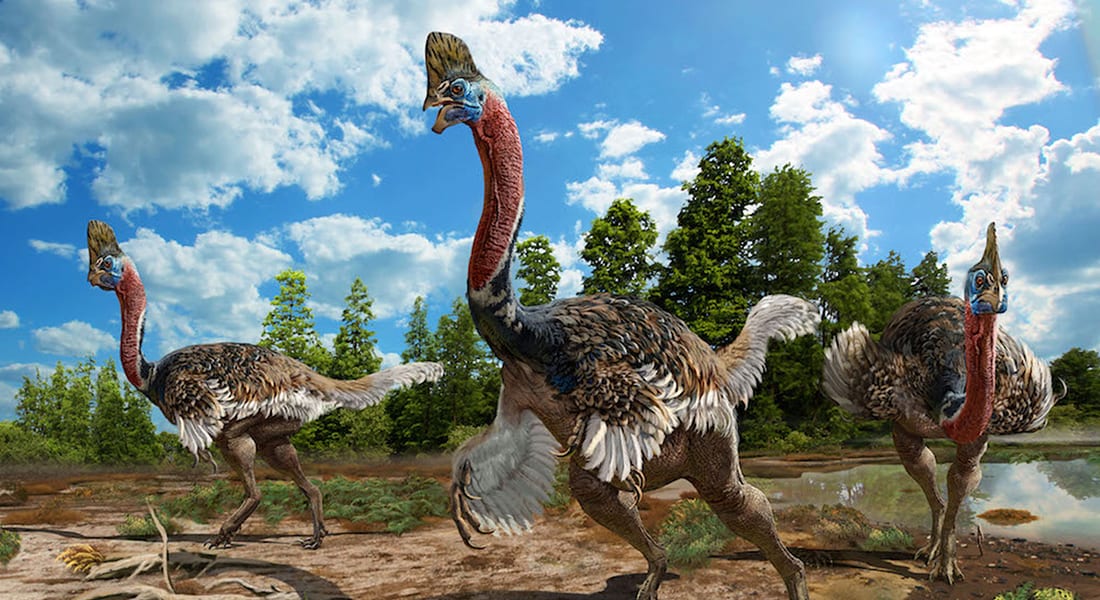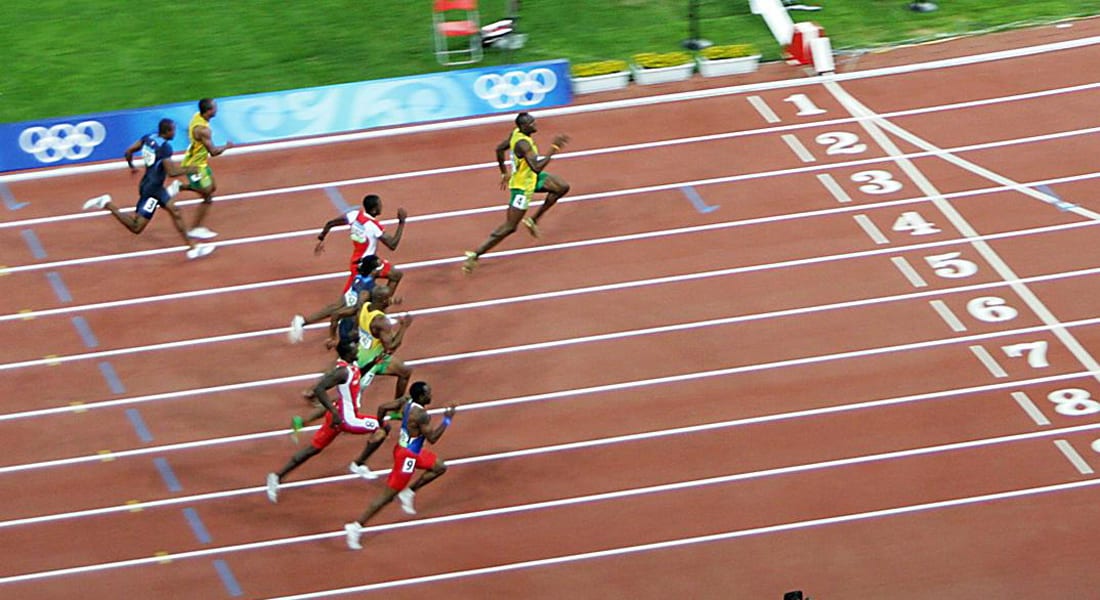A global team of researchers, including SMU paleobotanist Bonnie Jacobs, have cracked the mystery of leaf size. The research was published Sept. 1, 2017 as a cover story in Science.
SMU paleobotanist Bonnie F. Jacobs has contributed research to a major new study that provides scientists with a new tool for understanding both ancient and future climate by looking at the size of plant leaves.
Why is a banana leaf a million times bigger than a common heather leaf? Why are leaves generally much larger in tropical jungles than in temperate forests and deserts? The textbooks say it’s a balance between water availability and overheating.
But it’s not that simple, the researchers found.
The study, published in the Sept. 1, 2017 issue of Science, was led by Associate Professor Ian Wright from Macquarie University, Australia. The study’s findings reveal that in much of the world the key factor limiting the size of a plant’s leaves is the temperature at night and the risk of frost damage to leaves.
Jacobs said the implications of the study are significant for enabling scientists to either predict modern leaf size in the distant future, or to understand the climate for a locality as it may have been in the past.
“This research provides scientists with another tool for predicting future changes in vegetation, given climate change, and for describing ancient climate given fossil leaves,” said Jacobs, a professor in SMU’s Roy M. Huffington Department of Earth Sciences in the Dedman College of Humanities and Sciences.
“Now we can reliably use this as another way to look at future climate models for a specific location and predict the size of plant leaves,” she said. “Or, if we’re trying to understand what the climate was for a prehistoric site tens of millions of years ago, we can look at the plant fossils discovered in that location and describe what the climate most likely was at that time.”
Wright, Jacobs and 15 colleagues from Australia, the U.K., Canada, Argentina, the United States, Estonia, Spain and China analyzed leaves from more than 7,600 species, then pooled and analyzed the data with new theory to create a series of equations that can predict the maximum viable leaf size anywhere in the world based on the risk of daytime overheating and night-time freezing.
The researchers will use these findings to create more accurate vegetation models. This will be used by governments to predict how vegetation will change locally and globally under climate change, and to plan for adaptation.
Big data solves century-old conundrum
The iconic paintings of Henri Rousseau illustrate that when we think of steamy tropics we expect large leaves. But for scientists it’s been a century-old conundrum: why does leaf size vary with latitude – from very small near the poles to massive leaves in the tropics?
“The conventional explanation was that water availability and overheating were the two major limits to leaf size. But the data didn’t fit,” says Wright. “For example the tropics are both wet and hot, and leaves in cooler parts of the world are unlikely to overheat.”
“Our team worked both ends of the problem – observation and theory,” he says. “We used big data – measurements made on tens of thousands of leaves. By sampling across all continents, climate zones and plant types we were able to show that simple ‘rules’ seemingly operate across the world’s plant species, rules that were not apparent from previous, more limited analyses.”
Jacobs contributed an extensive leaf database she compiled about 20 years ago, funded by a National Science Foundation grant. She analyzed the leaf characteristics of 880 species of modern tropical African plants, which occurred in various combinations among 30 plant communities. Jacobs measured leaves of the plant specimens at the Missouri Botanical Garden Herbarium, one of the largest archives of pressed dried plant specimens from around the world.
She looked at all aspects of leaf shape and climate, ranging from seasonal and annual rainfall and temperature for each locale, as well as leaf shape, size, tip, base, among others. Using statistical analyses to plot the variables, she found the most prominent relationship between leaf shape and climate was that size increases with rainfall amount. Wet sites had species with larger leaves than dry sites.
Her Africa database was added to those of many other scientists who have compiled similar data for other localities around the world.
Threat of night time frost damage determines the size of a leaf
“Using our knowledge of plant function and biophysics we developed a fresh take on ‘leaf energy balance’ theory, and compared our predictions to observed leaf sizes,” Wright says.
“The most surprising result was that over much of the world the maximum size of leaves is set not by the risk of overheating, but rather by the risk of damaging frost at night. Larger leaves have thicker, insulating ‘boundary layers’ of still air that slows their ability to draw heat from their surroundings – heat that is needed to compensate for longwave energy lost to the night-time sky,” says co-author Colin Prentice from Imperial College London, who co-ordinated the mathematical modelling effort.
“International collaborations are making ecology into a predictive science at global scale,” says Emeritus Professor Mark Westoby. “At Macquarie University we’re proud to have led this networking over the past 20 years.” — Margaret Allen, SMU, and Macquarie University
By Ian Wright
Macquarie University
As a plant ecologist, I try to understand variation in plant traits (the physical, chemical and physiological properties of their tissues) and how this variation affects plant function in different ecosystems.
For this study I worked with 16 colleagues from Australia, the UK, Canada, Argentina, the US, Estonia, Spain and China to analyse leaves from more than 7,600 species. We then teamed the data with new theory to create a model that can predict the maximum viable leaf size anywhere in the world, based on the dual risks of daytime overheating and night-time freezing.
These findings will be used to improve global vegetation models, which are used to predict how vegetation will change under climate change, and also to better understand past climates from leaf fossils.
From giants to dwarfs
The world’s plant species vary enormously in the typical size of their leaves; from 1 square millimetre in desert species such as common eutaxia (Eutaxia microphylla), or in common heather (Calluna vulgaris) in Europe, to as much as 1 square metre in tropical species like Musa textilis, the Filipino banana tree.
But what is the physiological or ecological significance of all this variation in leaf size? How does it affect the way that plants “do business”, using leaves as protein-rich factories that trade water (transpiration) for carbon (photosynthesis), powered by energy from the sun?
More than a century ago, early plant ecologists such as Eugenius Warming argued that it was the high rainfall in the tropics that allowed large-leaved species to flourish there.
In the 1960s and ‘70s physicists and physiologists tackled the problem, showing that in mid-summer large leaves are more prone to overheating, requiring higher rates of “transpirational cooling” (a process akin to sweating) to avoid damage. This explained why many desert species have small leaves, and why species growing in cool, shaded understoreys (below the tree canopy) can have large leaves.
But still there were missing pieces to this puzzle. For example, the tropics are both wet and hot, and these theories predicted disadvantages for large-leafed species in hot regions. And, in any case, overheating must surely be unlikely for leaves in many cooler parts of the world.
Our research aimed to find these missing pieces. By collecting samples from all continents, climate zones and plant types, our team found simple “rules” that appear to apply to all of the world’s plant species – rules that were not apparent from previous, more limited analyses.
We found the key factors are day and night temperatures, rainfall and solar radiation (largely determined by distance from the Equator and the amount of cloud cover). The interaction of these factors means that in hot and sunny regions that are also very dry, most species have small leaves, but in hot or sunny regions that receive high rainfall, many species have large leaves. Finally, in very cold regions (e.g. at high elevation, or at high northern latitudes), most species have small leaves.
But the most surprising results emerged from teaming the new theory for leaf size, leaf temperature and water use with the global data analyses, to investigate what sets the maximum size of leaves possible at any point on the globe.
Read the author’s full essay




